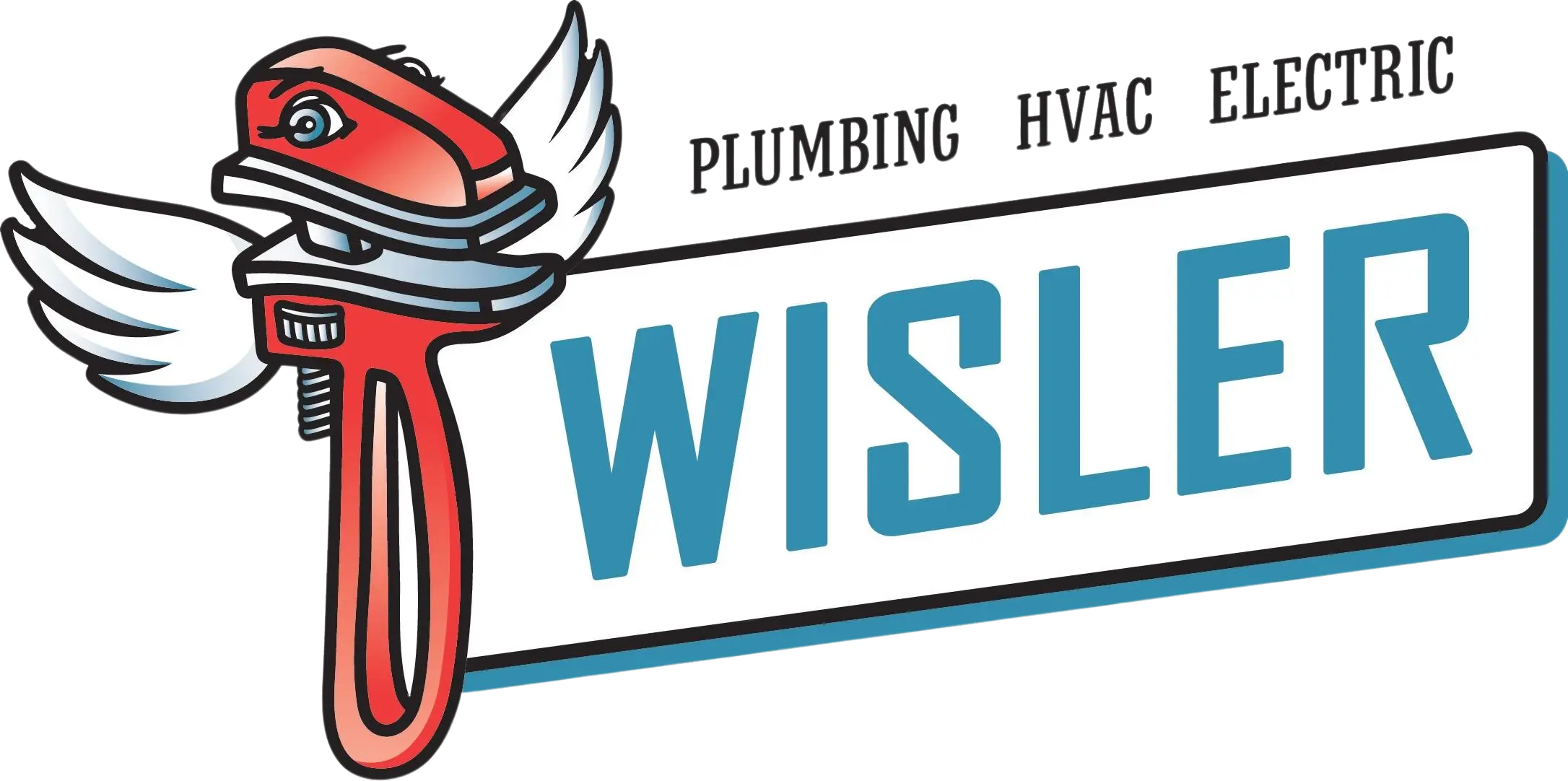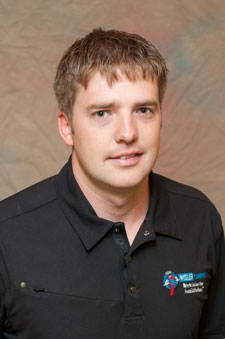There are two main types of water filtration systems commonly installed in most homes: Point of Entry (P.O.E.) systems and Point of Use (P.O.U.) systems. P.O.E. systems are best suited for the water flowing throughout your entire home as it increases the water’s quality from bad or okay to good. P.O.U. systems are best suited […]





